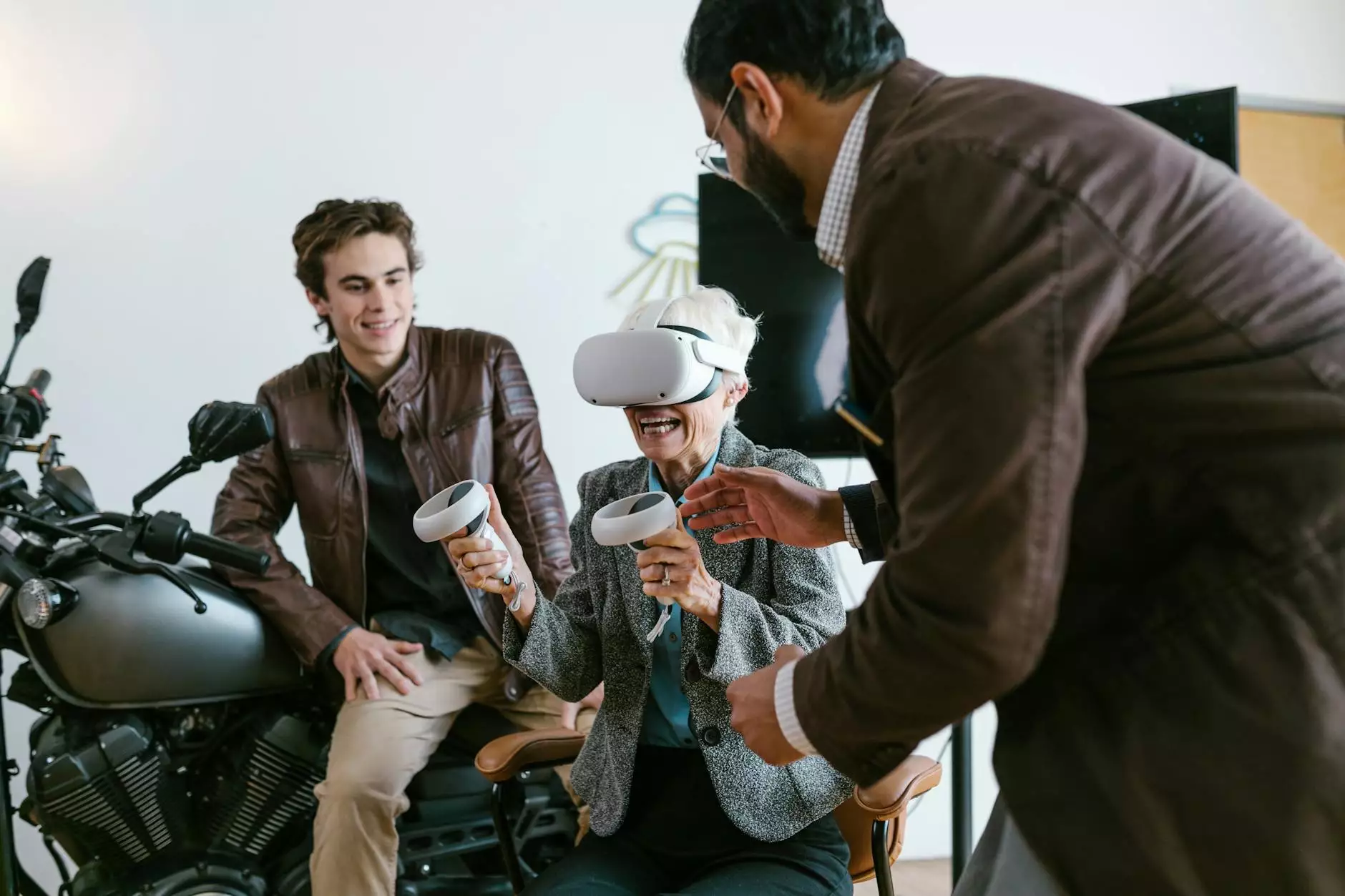Unveiling the Role of a Game Audio Designer in the Gaming Industry

The video game industry has experienced explosive growth over the past few decades, evolving from simple pixelated graphics and monophonic sounds to rich, immersive worlds that engage players on multiple sensory levels. At the heart of this evolution lies the work of a game audio designer, a professional whose craft significantly contributes to the overall gaming experience.
The Art of Sound in Gaming
The immersive experience that modern games offer is not solely dependent on visual aesthetics or engaging gameplay mechanics. Sound design is just as crucial, if not more so, creating an atmosphere that pulls players into the game. A game audio designer focuses on the various audio elements that bring a game to life, including:
- Background Music: Sets the mood and enhances emotional engagement.
- Sound Effects: Provides feedback to players and creates realism.
- Voiceovers: Adds depth to characters and narrative.
- Ambient Sounds: Fuels immersion by reflecting the game's environment.
What It Takes to Be a Game Audio Designer
Becoming a successful game audio designer requires a unique combination of technical skills, creativity, and a deep understanding of both music theory and sound engineering. Here are some key skills and qualifications valuable for a game audio designer:
- Musical Proficiency: Understanding composition, arrangement, and performance.
- Technical Skills: Proficiency in digital audio workstations (DAWs) like Pro Tools, Logic Pro, or Ableton Live.
- Sound Design Skills: Knowledge in sound manipulation and synthesis techniques.
- Communication Skills: Ability to work closely with game developers and artists.
- Teamwork: Collaborating effectively in a team-oriented environment.
The Importance of Collaboration
Communication and collaboration are key elements in the role of a game audio designer. They work alongside producers, game developers, and artists to ensure that the audio elements integrate seamlessly with the gameplay experience. This collaboration often involves:
- Understanding the Game's Vision: The designer must grasp the game's theme and objectives, allowing for a coherent audio strategy.
- Iterative Testing: Involving sound tests during various stages of development to refine sound effects and music.
- Feedback and Adaptation: Taking input from team members, including playtesters, to tweak audio according to player experiences.
Tools of the Trade for a Game Audio Designer
Today's game audio designers have access to an array of powerful tools and software that allow them to create and manipulate sounds effectively. Some of the most popular tools include:
- DAWs: Digital Audio Workstations enable audio recording, editing, and producing.
- Plugins: Software additions that enhance sound design with effects like reverb, compression, and EQ.
- Field Recorders: High-quality devices for capturing real-world sounds which can be used in games.
- Sample Libraries: Collections of pre-recorded sounds that can be manipulated and inserted into game projects.
- Spatial Audio Software: For creating immersive 3D audio experiences that enhance gameplay realism.
The Future of Game Audio Design
The landscape of game audio design is continually evolving. Emerging technologies such as virtual reality (VR) and augmented reality (AR) are changing the way audio is integrated into games. As a result, the role of a game audio designer is becoming increasingly vital. Here are a few trends shaping the future of game audio:
1. Interactive Audio
Interactive audio allows sound to react dynamically to player inputs, creating a more engaging experience. Designers are incorporating techniques that blend sound design with gameplay mechanics, ensuring that every player’s choice influences the audio landscape.
2. Adaptive Soundtracks
Modern games are gravitating towards adaptive soundtracks that change based on player actions or in-game events, enhancing emotional depth and engagement with the story.
3. Increased Use of AI
The integration of artificial intelligence in audio engineering is allowing for the automation of sound creation and manipulation, enabling game audio designers to focus more on creativity and experimentation.
The Essential Impact of a Game Audio Designer
The work of a game audio designer transcends beyond the simple inclusion of sound elements; it profoundly affects player immersion, emotional engagement, and overall enjoyment. High-quality sound design contributes to:
- Enhanced Player Experience: Engaging audio keeps players invested in the story and their surroundings.
- Emotional Resonance: Music and sound effects can elicit specific emotions, deepening the connection players feel to characters and narratives.
- Realism and Credibility: Ethereal environments and authentic sounds create a believable game world, increasing player suspension of disbelief.
Conclusion: Elevating Games to New Heights
In conclusion, a talented game audio designer plays a crucial role in crafting the immersive worlds of video games. With their expertise in sound creation and manipulation, they enhance player experiences, contribute to storytelling, and help to establish the emotional pulse of a game. As technology continues to evolve, the importance of these professionals will only increase, making their contribution invaluable to the gaming industry. Whether via rich soundscapes, impactful sound effects, or emotive music, game audio designers elevate gaming experiences to new heights.
At Pinglestudio, we recognize the dynamic nature of art, design, and technology in transforming how we engage with interactive media. As we explore avenues in Art Galleries, Graphic Design, and 3D Printing, the essential role of sound in games continues to inspire us, shaping the future of storytelling and audience engagement.









